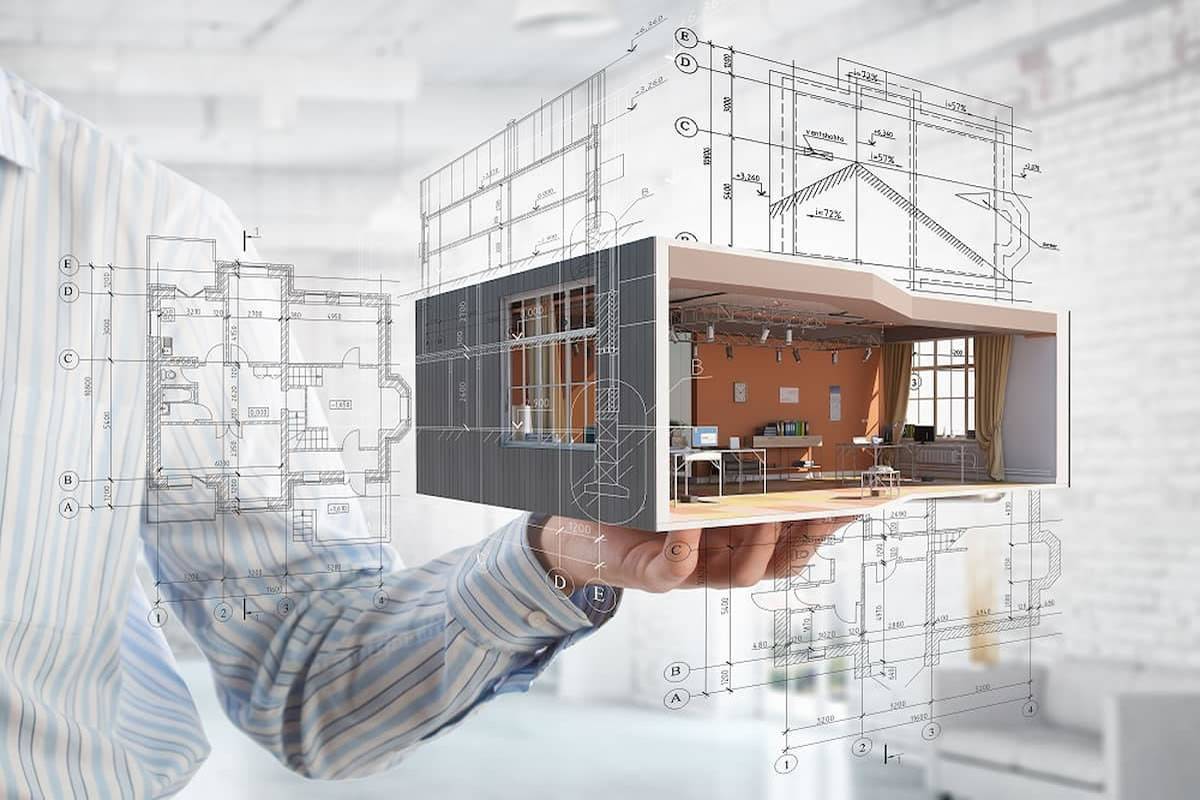The role of Digital Twins in modern property marketing and sales
- 16-12-2024
- Business
- collaborative post
- Photo Credit: Digital Twins
Digital twins have emerged as a revolutionary force in UK property marketing and sales, fundamentally transforming how properties are presented, analysed, and sold. Experts like estate agents in Bristol say, this sophisticated technology, which creates detailed virtual replicas of physical properties, is reshaping the entire property transaction process, offering unprecedented capabilities that go far beyond traditional marketing methods.
UNDERSTANDING DIGITAL TWINS IN PROPERTY
While virtual tours have become commonplace in property marketing, digital twins represent a significant leap forward in technology and capability. A digital twin is far more than just a 3D model or virtual tour – it's a dynamic, data-rich virtual replica of a physical building that updates in real-time.
This technology combines detailed physical and functional characteristics with real-time data from sensors and systems, creating a living digital counterpart of the property that offers deep insights into every aspect of its operation and performance.
TRANSFORMING PROPERTY MARKETING
The impact of digital twins on property marketing has been profound. Estate agents and property professionals can now showcase properties in ways that were previously impossible, offering potential buyers or tenants an unprecedented level of insight and interaction.
Through digital twins, viewers can explore every aspect of a property remotely, from examining room layouts and testing different furniture arrangements to understanding complex building systems and environmental performance.
This enhanced level of interaction has proven particularly valuable in the UK's competitive property market, where buyers increasingly demand detailed information before committing to physical viewings. Digital twins allow potential buyers to conduct thorough initial assessments remotely, significantly reducing the time spent on unsuitable properties and streamlining the entire viewing process.
REVOLUTIONISING DUE DILIGENCE
Perhaps one of the most significant impacts of digital twin technology has been its transformation of the due diligence process. Buyers and their advisors can now access comprehensive building information, maintenance histories, and performance data through the digital twin interface. This level of transparency has revolutionised how commercial properties, in particular, are assessed and valued.
For properties in complexes, digital twins provide unprecedented insight into building systems, energy performance, and maintenance requirements. This detailed information helps buyers make more informed decisions and can significantly accelerate the transaction process. The technology has proven particularly valuable for international investors, who can now conduct thorough property assessments without requiring multiple site visits.
ENHANCED PROPERTY MANAGEMENT
Beyond the sales process, digital twins are transforming how properties are managed and maintained. The technology enables proactive maintenance scheduling, efficient space utilisation, and optimal environmental performance. Property managers can monitor building systems in real-time, predict potential issues before they occur, and make data-driven decisions about property improvements and modifications.
This ongoing utility adds significant value to the property marketing process, as potential buyers can clearly understand how the property operates and what to expect in terms of management requirements and operational costs. The ability to demonstrate efficient property management through digital twin data has become a powerful marketing tool, particularly for commercial properties.
IMPLEMENTATION AND PRACTICAL CONSIDERATIONS
Creating and maintaining an effective digital twin requires significant investment in both technology and expertise. The process begins with detailed property scanning and system integration, followed by ongoing data collection and regular updates to ensure the digital twin accurately reflects the physical property. However, the benefits in terms of marketing effectiveness and operational efficiency often justify this investment, particularly for high-value properties or large portfolios.
The technology requires careful attention to data protection and privacy considerations, particularly in light of GDPR requirements. Successful implementation involves establishing clear protocols for data collection, storage, and access, ensuring compliance with all relevant regulations while maintaining the utility of the digital twin system.
THE FUTURE OF DIGITAL TWINS
As technology continues to evolve, digital twins are becoming increasingly sophisticated and accessible. Integration with artificial intelligence and machine learning is enabling more predictive capabilities, while improvements in visualisation technology are creating ever more realistic and interactive property representations. The growing focus on sustainability in the UK property market has made digital twins particularly valuable for demonstrating and optimising environmental performance.
The future promises even greater integration of digital twin technology with other property technologies, potentially revolutionising how properties are designed, built, marketed, and managed. As the technology becomes more standardised and accessible, it's likely to become an essential tool in property marketing and sales, rather than a luxury addition.
CONCLUSION
Digital twins represent a significant advancement in property marketing and sales, offering unprecedented capabilities for property presentation, analysis, and management. While the technology requires significant initial investment and ongoing commitment to maintenance and updates, the benefits in terms of marketing effectiveness, operational efficiency, and client satisfaction make it an increasingly attractive option for property professionals.
As the UK property market continues to evolve, digital twin technology will likely play an increasingly central role in how properties are marketed and sold. Property professionals who embrace and master this technology will be well-positioned to meet the growing demands of sophisticated buyers and tenants in an increasingly digital property market.
Other articles that may interest you...
Trending
Most Read Articles
1.
Featured Videos
A Vision of Elvis Tenerife Promo
- 10-05-2025
TEAs 2025 Highlights
- 17-11-2025



























































